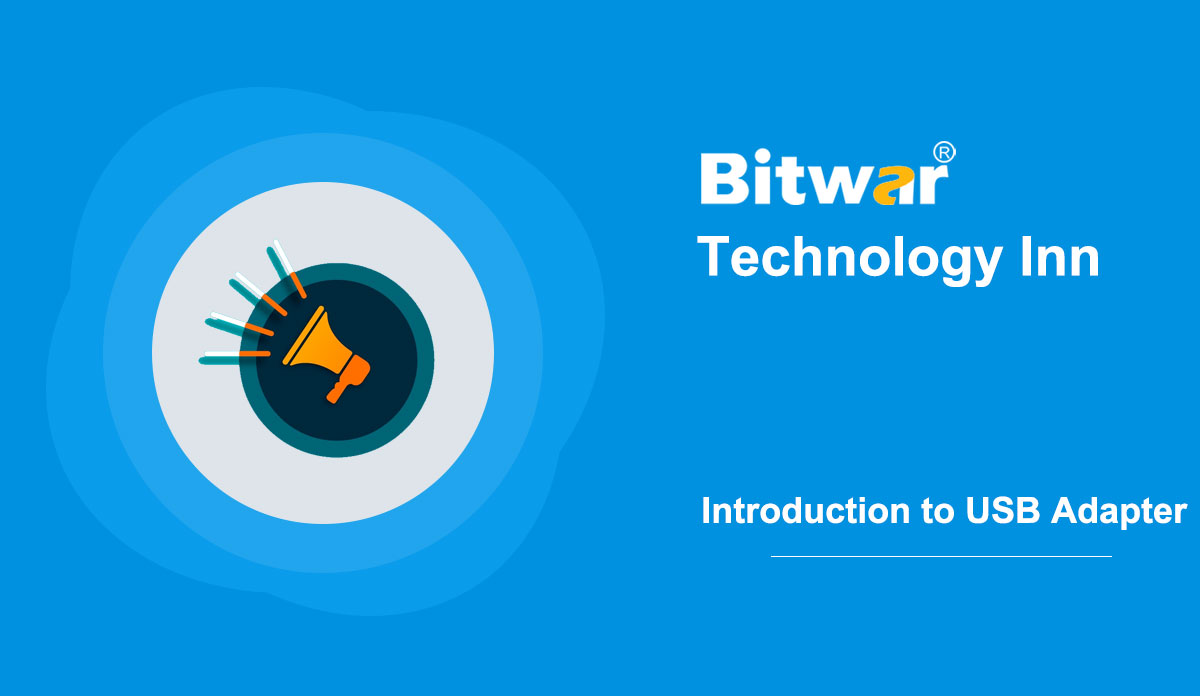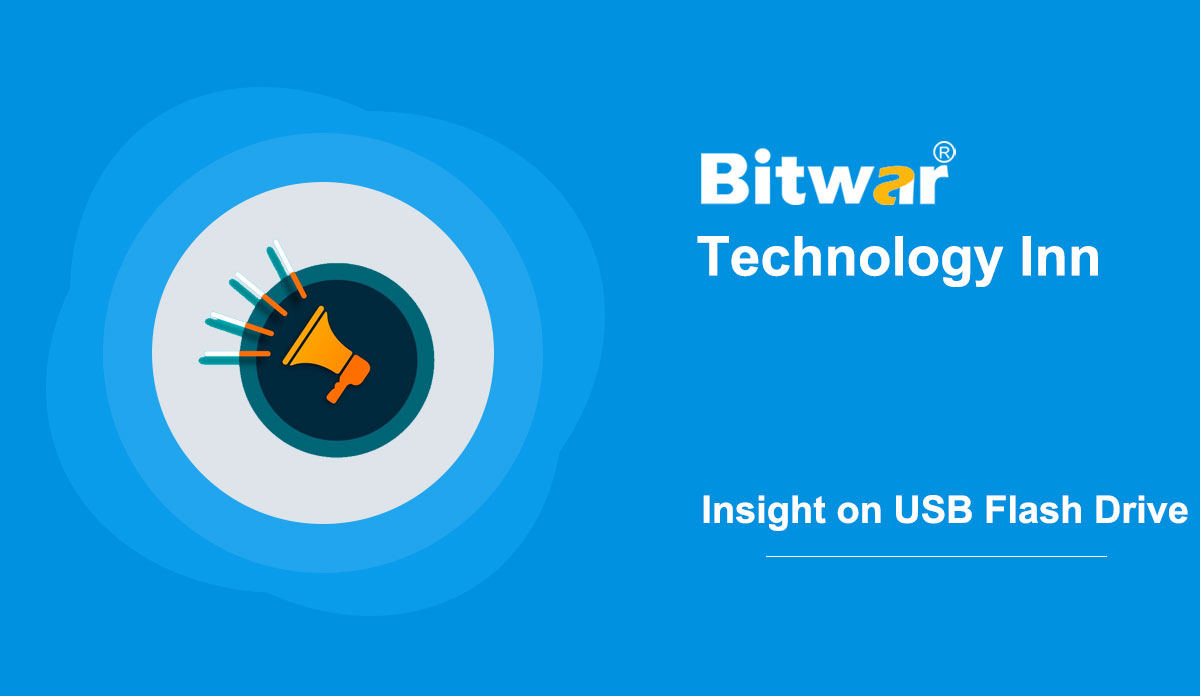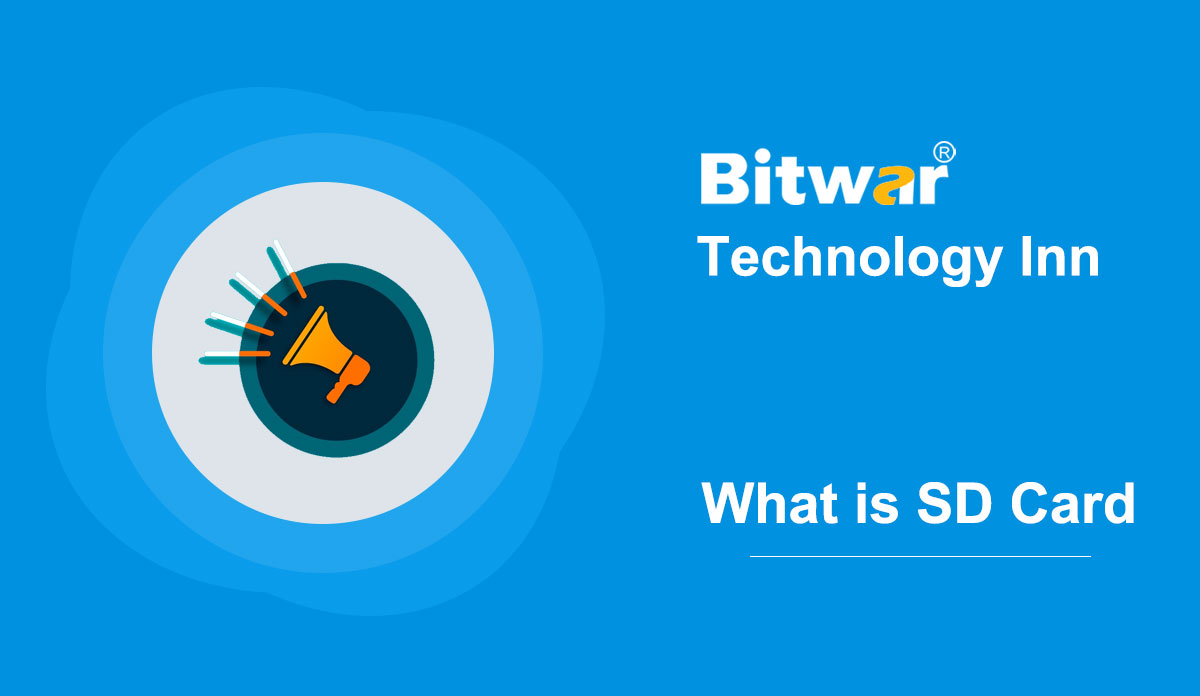- Location:
- Home >
- Knowledge Base >
- Technology Inn
 Windows Data Recovery
Windows Data Recovery Windows Data Recovery
Windows Data Recovery Mac Data Recovery
Mac Data Recovery Hard Drive Data Recovery
Hard Drive Data Recovery USB Data Recovery
USB Data Recovery External Devices Recovery
External Devices Recovery iPhone Data Recovery
iPhone Data Recovery File Repair Tools
File Repair Tools Memory Card Data Recovery
Memory Card Data Recovery Technology Inn
Technology Inn File Conversions
File Conversions AI Image Editing
AI Image Editing Text Recognition
Text Recognition- Simple Introduction to USB Adapter
Summary: As a type of protocol converter, a USB adapter is used to transfer USB data to a serial port and vice versa. It has a USB cable on one end and a non-USB cable on the other end. Thus, a USB adapter connects USB-port devices to non-USB-port devices. Development of USB Adapter The development of a USB adapter can be dated back to a very earlier time. In the earliest period, a majority of the personal computer had a built-in D-sub serial RS232 port (or a COM port), which could connect the PC to most types of serial RS232 devices. By the late 1990s, the serial COM port, which is used to support the USB port, was gradually launched out by computer manufactures. By the mid-2000s, some computers were equipped with both a USB port and a serial COM port. But by that time, many computers were no longer equipped with a serial COM port. Today, most modern computers have only USB ports but no serial COM port. As a result, the disappearance of the serial COM port created a need for the USB to serial adapter. Application of USB Adapter A USB adapter can play a significant role in...
2020-7-28
- Overview of Card Reader
Summary: A card reader, known as a media card reader, is a data input and output device that reads and writes data from a memory card. During the first several decades of the computer industry, punched card readers came first. While modern card readers are electronic devices which can read plastic cards. These cards are embedded with a barcode, computer chip, or other storage media. Types Smart card readers Memory card readers Access control card reader Banking card readers Reasons To Use It To read or write data with a complex device is inconvenient; that is why we need a card reader. Here are some reasons: 1. Higher Speed: The reading and writing speed of the memory card through the card reader is usually higher than that of connecting the memory card through the device. 2. Work Reliably: It usually gets better results unless the memory card itself is damaged, or there are bad sectors. This reason is that "smart" phones and digital cameras are apt to stop and suspend bad sectors, preventing further access to the card. While the "dumb" reader swallows the error and then moves forward. 3. Universally-Used Device: It works with memory cards. Without a card reader, you have to replace a...
2020-7-27
- Learn Insight About USB Flash Drive!
Summary: A USB flash drive comprises a flash memory data storage device with an integrated USB interface. Compared with an optical disc, a USB flash drive is smaller, removable, rewritable. It can store different files, including photos, videos, music, and so on. USB specifications The most commonly seen specifications of USB Flash Drive: USB 1.0/Low-Speed: 1.5 Mbps -- The USB 1.0 specification was introduced in January 1996, with a defined data transfer rate of 1.5 Mbit/s. USB 1.1/Full-Speed: 12 Mbps -- The USB 1.1 specification was the first widely used version released in September 1998. The 12 Mbit/s transfer rate was designed for higher-speed devices. USB 2.0/Hi-Speed: 480 Mbps -- The USB 2.0 specification was released in April 2000, and a high-speed rate of 480 Mbit/s was introduced in 2001. This maximum data rate is shared among all the attached devices. USB 3.0/SuperSpeed: 5 Gbps -- The USB 3.0 specification was published in 2008. It is mainly aimed at increasing the data transfer rate and power output. It includes a new, higher speed bus in parallel with the USB 2.0; thus, it is also called SuperSpeed. USB 3.1/SuperSpeed: 10 Gbps -- The USB 3.1 specification was launched in July 2013....
2020-7-26
- What is USB Hub?
Summary: The USB hub is one of the common devices used on the Internet which is similar to a power trip that helps to extend a single Universal Serial Bus (USB) to many different ports, so the host system can connect devices into multiple ports of choices. Physical layout A USB network is built from USB ports connected by USB hubs, which themselves may origin from these hubs. USB hubs enable a USB network to extend to a maximum of 127 ports. The USB specification requires that bus-powered or passive hubs may not be connected in series to other bus-powered hubs. USB ports are usually tightly spaced. Horizontal arrays of horizontal sockets may be easily manufactured but may result in only two of the four ports available, depending on the plug width. Port arrays that are perpendicular to array orientation typically have fewer blocking problems. Main Types Various types of USB hubs are manufactured to meet variable user demands. Bus-Powered Hub (Passive Hub) A bus-powered hub is a passive hub that can extract limitless power without the help of a different power connection from the host's USB port. Still, the power provided will not be enough, and it may even require more power for...
2020-7-25
- What is SD Card
Summary: SD card (Secure Digital), developed by the SD Card Association (SDA), is a proprietary non-volatile memory card format used in portable devices. Despite the small size and weight, it has a high storage capacity. WIN VERSION MAC VERSION Capacity SD card includes five card families: the original Standard-Capacity (SDSC), the High-Capacity (SDHC), the eXtended-Capacity (SDXC), the Ultra-Capacity (SDUC), and the SDIO. They can be used in three different sizes: the original size, the mini size, and the micro size. SD (SDSC): The second-generation Secure Digital card was developed to improve on the MultiMediaCard (MMC) standard. It evolved continuously in a different direction. SDHC: Announced in January 2006, and as of version 2.0 of the SD specification, it supports capacities up to 32 GiB for SD cards. SDXC: Announced in January 2009, and as of version 3.01 of the SD specification, it supports up to 2 TiB capacity for SD cards. It is mandatorily adapted to Microsoft's exFAT file system. SDUC: Announced in June 2018, and as the version 7.0 of SD specification, it supports up to 128 TiB capacity and offers up to 985 MB/s speed. Comparison of SD card capacity standards Speed The read and write speeds of different SD cards vary. The chart...
2020-7-24





